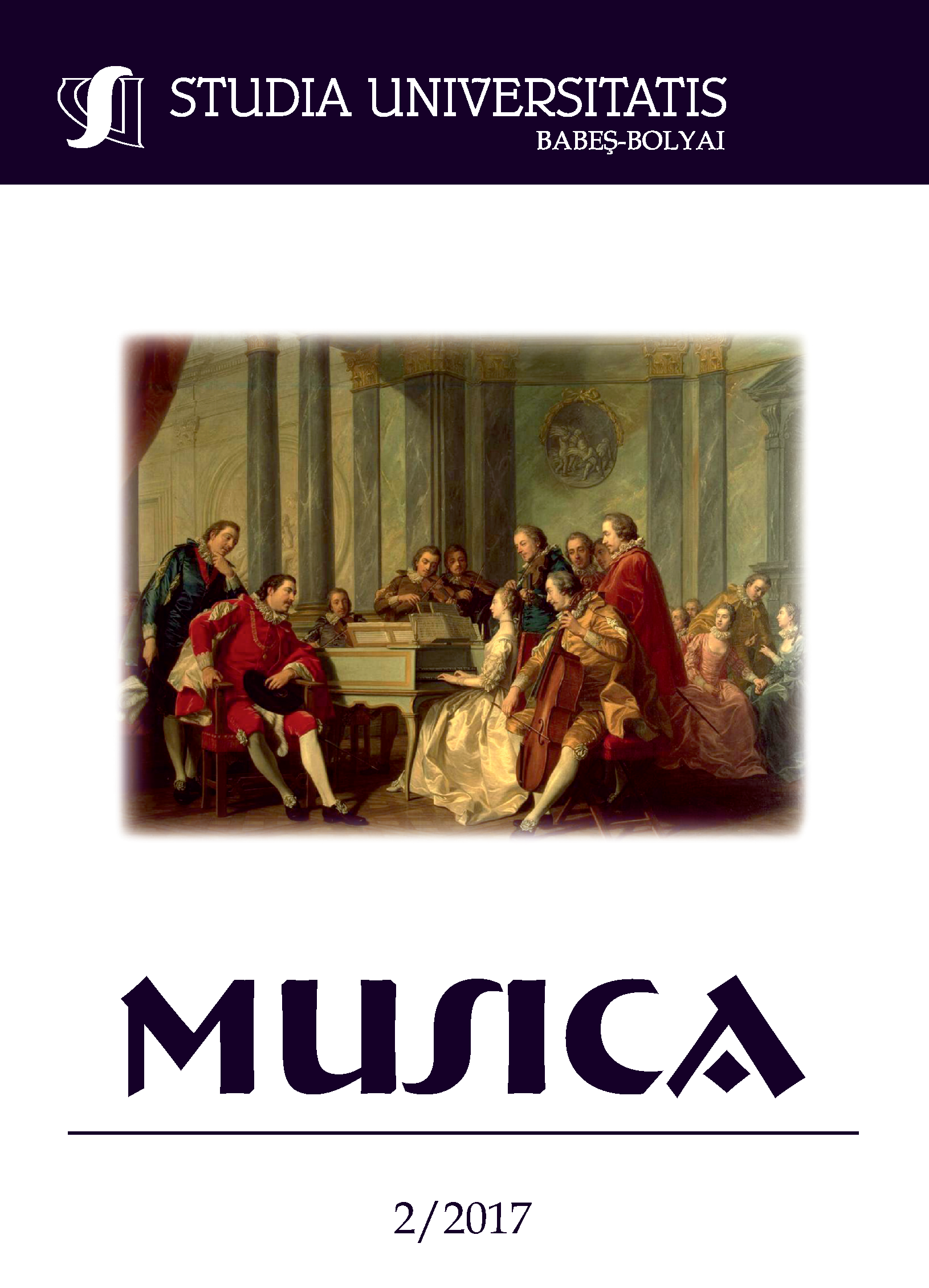SERGEI RACHMANINOFF’S PIANO CONCERTO NO. 4, OP. 40: IMPLICATIONS OF THE ARC SHAPE IN THE FORMAL STRUCTURE AND IN RACHMANINOFF’S INTERPRETATIVE CONCEPTION
DOI:
https://doi.org/10.24193/subbmusica.2017.2.15Keywords:
Sergei Rachmaninoff, performance practice, arch shape, tempo, formal structure.Abstract
The purpose of this study is to illustrate the relation between the elaboration of form within the compositional process and its implications in the interpretative act. I have chosen to discuss Sergei Rachmaninoff’s Concerto No. 4 in G minor Op. 40 for piano and orchestra, one of his most significant late works, given the evolution of his musical language. For the performance analysis I relied on Rachmaninoff’s own recording of this work. I have particularly focused on the importance of the arc shape (prominent feature and major Tchaikovskian heritage in Rachmaninoff’s work), an organising principle which impresses not only the dynamic and metric physiognomy of the work, but also the musical thought of the performer.
References
Sergei Rachmaninoff, Piano Concerto No. 4. Sergei Rachmaninoff. Philadelphia Orchestra. Eugene Ormandy. Recorded in 1941. RCA Victor Gold Seal 09026-61658-2, 1994.
Sergei Rachmaninoff, Concerto No. 4 in G minor, Op. 40. Arturo Benedetti Michelangeli. Philharmonia Orchestra. Ettore Gracis. Recorded in 1957. Warner Classics 0724356723825, 2015.
Downloads
Published
How to Cite
Issue
Section
License
Copyright (c) 2017 Studia Universitatis Babeș-Bolyai Musica

This work is licensed under a Creative Commons Attribution-NonCommercial-NoDerivatives 4.0 International License.






